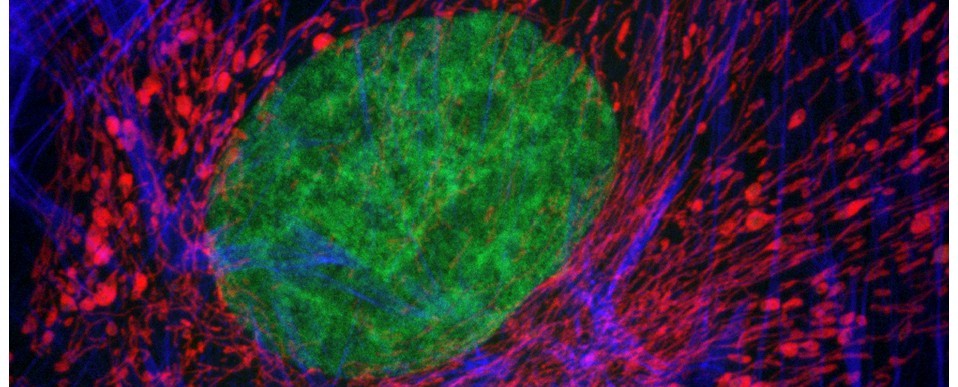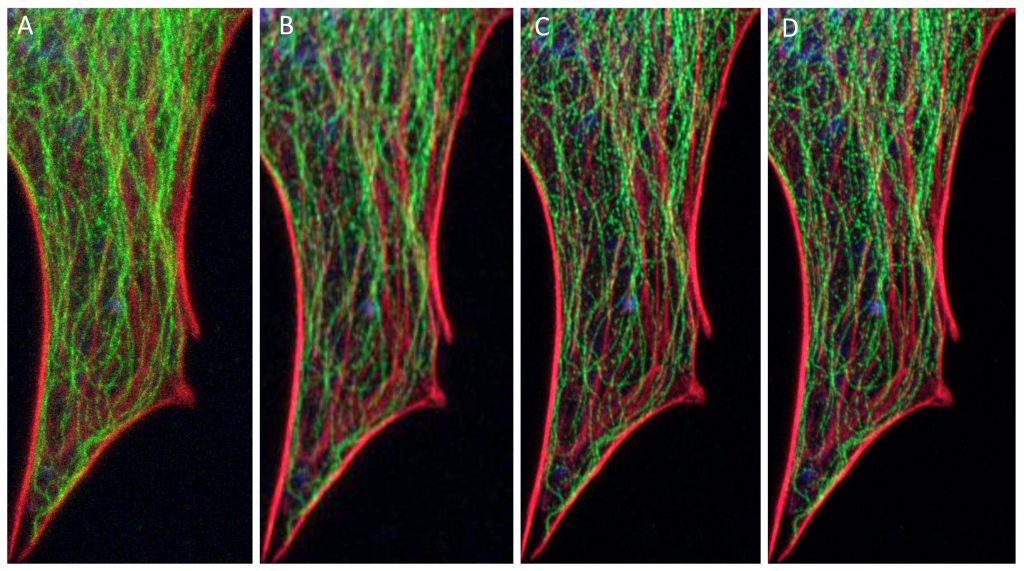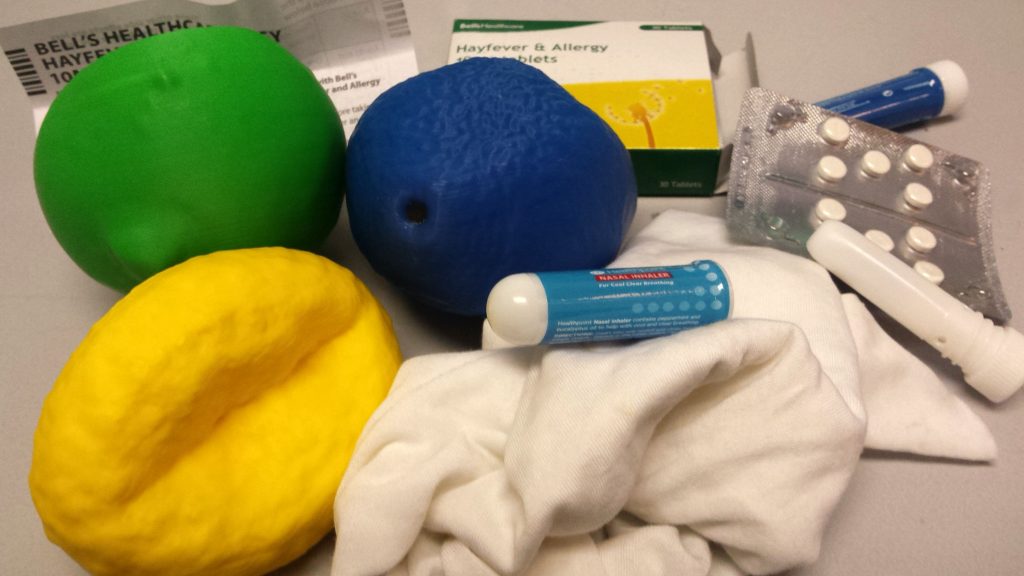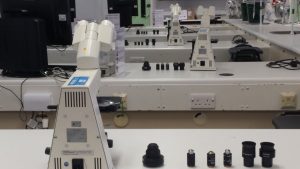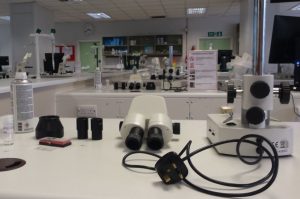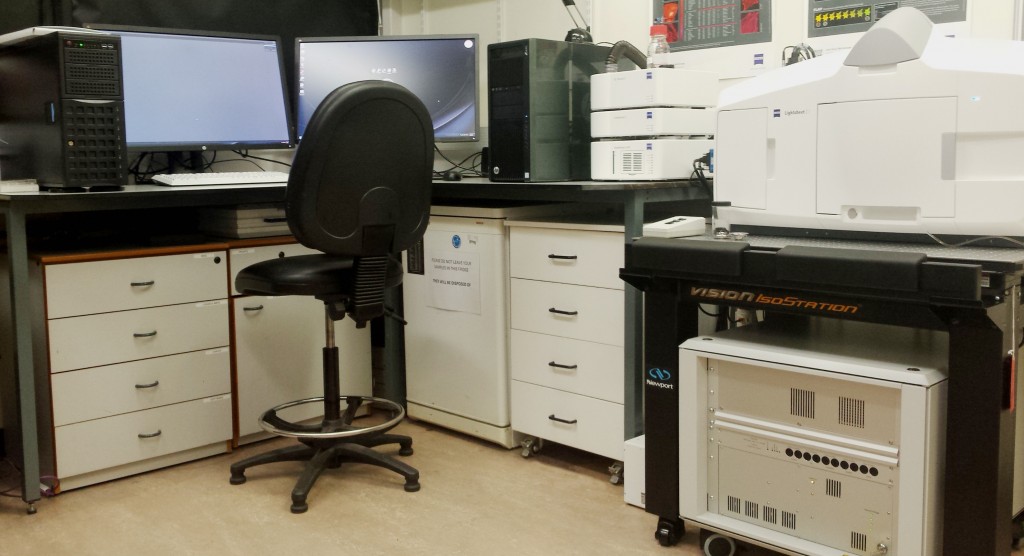One of the problems associated with imaging fluorescence in large biological samples is the obscuring effects of light scatter. Traditionally this has meant physically sectioning the material into optically-thin slices in order to visualise microscopic structure. With the advent of new volumetric imaging techniques, e.g. lightsheet microscopy, there is increasing demand for procedures that allow deeper interrogation of biological tissues. With this in mind, an innovative clearing system has recently been purchased through generous donations to the European Cancer Stem Cell Research Institute (ECSCRI). The equipment, which will be housed in ECSCRI lab space, allows large, intact histological samples to be rendered transparent for fluorescent labelling and 3D visualisation by confocal and lightsheet microscopy.
The X-Clarity tissue clearing system is designed to simplify, standardise and accelerate tissue clearing using the CLARITY technique (an acronymn for Clear Lipid-exchanged Acrylamide-hydridized Rigid Imaging/Immunostaining/in situ-hybridization-compatible Tissue hYdrogel). In the technique, preserved tissues are first embedded in a hydrogel support matrix. The lipids are then extracted via electrophoresis to create a stable, optically transparent tissue-hydrogel hybrid that permits immunofluorescent labelling and downstream 3D imaging.
The new equipment and associated reagents will have wide relevance to many areas of research in Cardiff, including deep visualisation of breast cancer tumours by Professor Matt Smalley’s research group using the Bioimaging Hub’s new lightsheet system. You can see a video here that shows the power of the CLARITY technique for high resolution 3D visualisation of tissue and organ structure.
Further Reading
- Richardson & Lichtman (2205) Clarifying tissue clearing. Cell 162: 246-257.
- Chung et al (2013) Structural and molecular interrogation of intact biological systems. Nature 497: 332-337.
- Clarity Resource Centre
AJH
